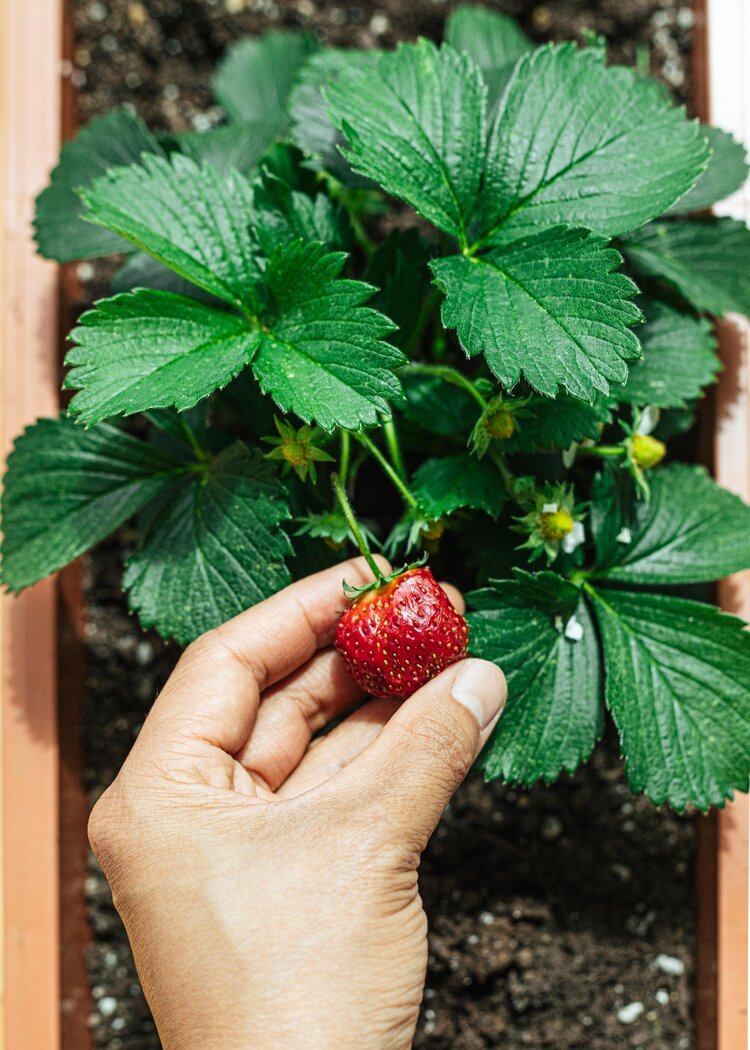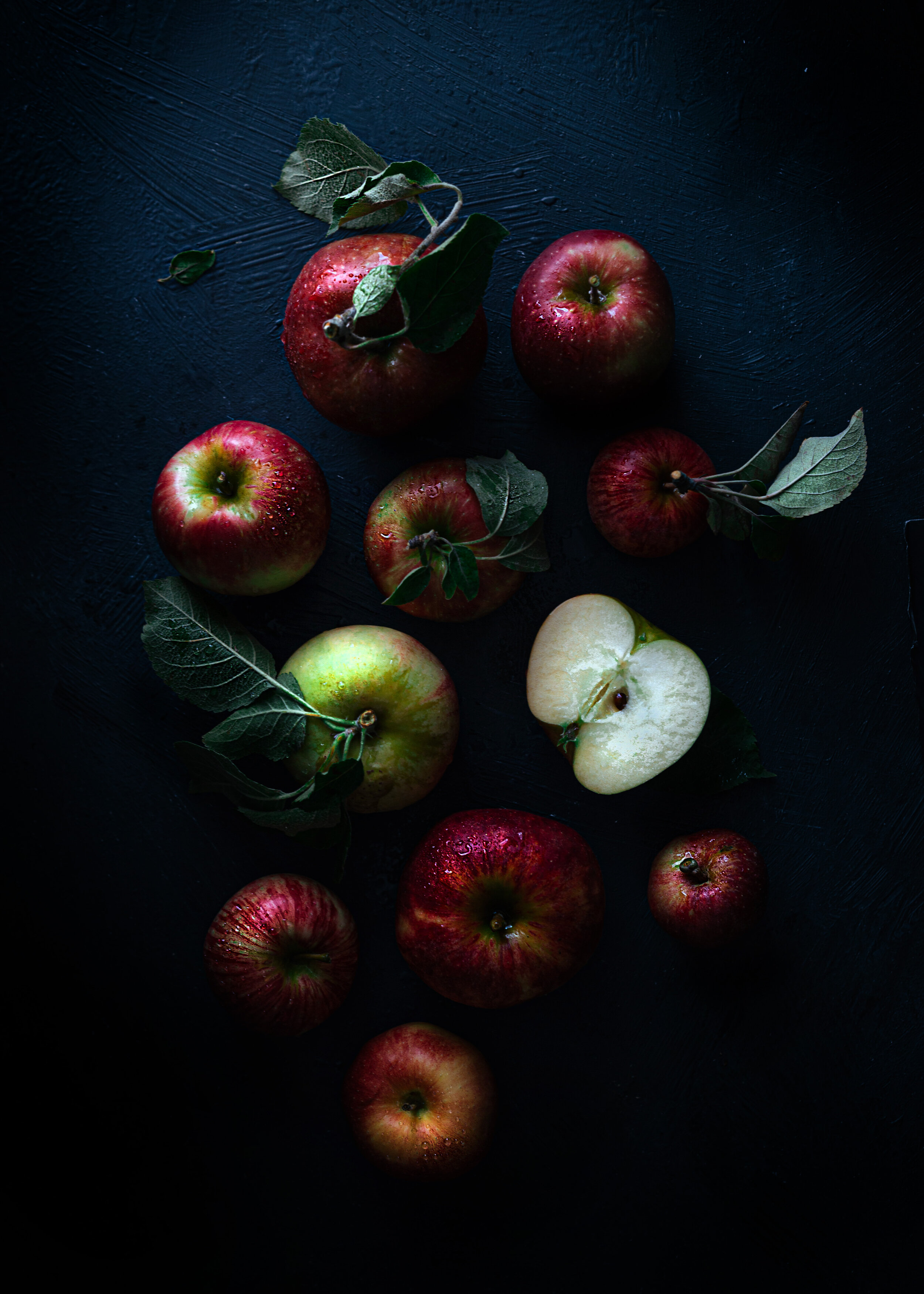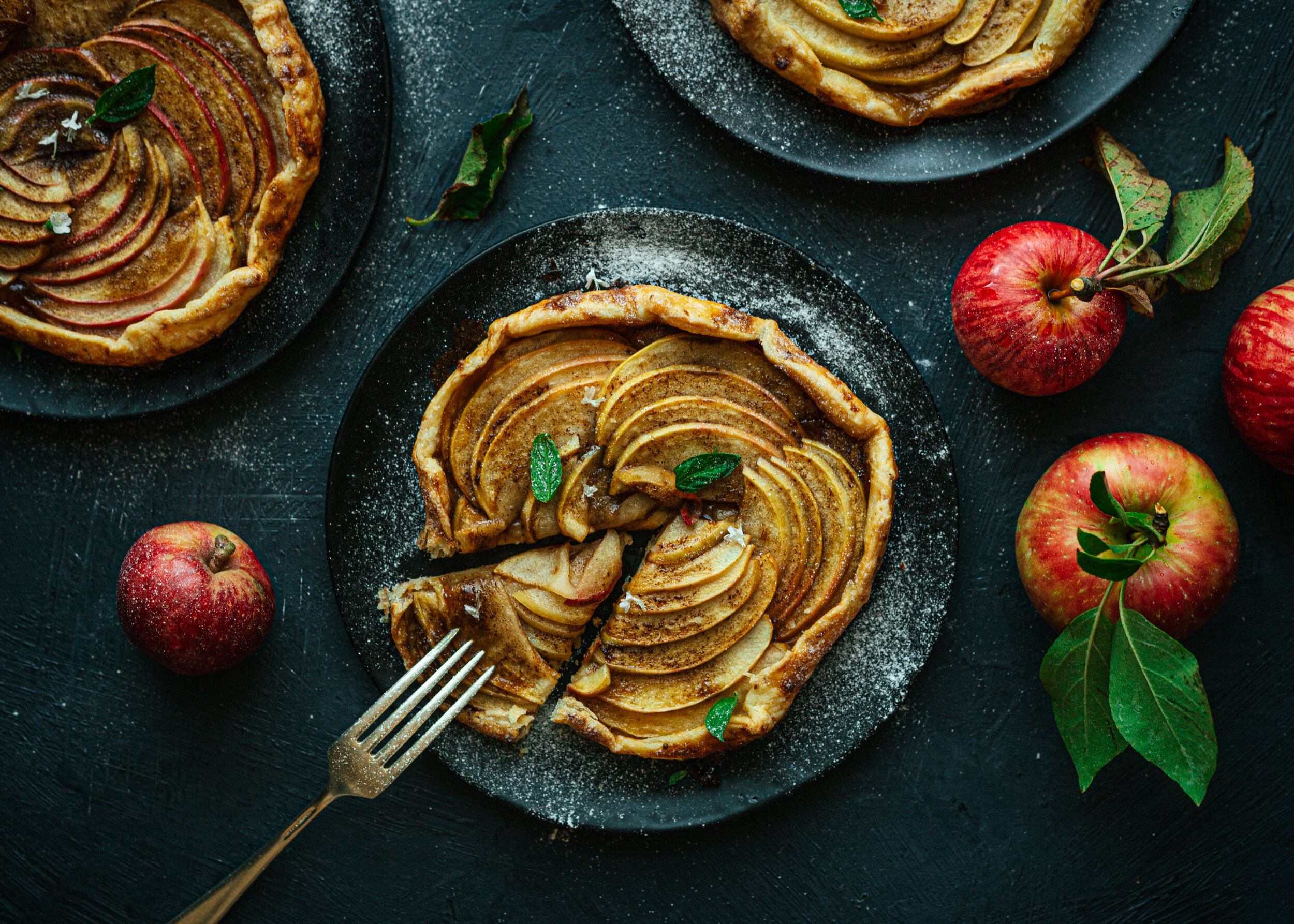This is one of my favorite summer desserts. It’s also a good recipe for winter when served warm. If you never had the chance to try taro — it has a nuttier, starchy texture compared to sweet potatoes. It’s also less sweet and is used in a variety of Asian desserts.
When I lived with grandma on her tea farm in Taiwan, I would accompany her in the field every day and dig for baby taro. Dessert was simply steamed taro, peeled, and sometimes dipped in sugar. A nostalgic ingredient for me.
Taro coconut sago
Ingredients:
1/2 medium-sized taro (400 grams), peeled and diced into 1-inch cubes
1 can (14 oz) full-fat coconut cream
1/2 cup sago pearls (100 grams)
1/3 cups sugar (80 grams) or preferred sweetener to taste
A pinch of salt
Water
Instructions
In a pot & steamer, bring water to a boil and steam taro for 15 minutes. If you prefer mushier taro like me, steam for 3 minutes longer. Turn off the heat and let sit while you cook the sago.
In a separate pot, bring 6 cups of water to a boil and add the sago pearls. Cook for 10 minutes, stirring constantly so they don’t stick to the bottom of the pot. Turn off the heat and let sit for 20 minutes. The residual heat will cook the pearls and they should turn from white to translucent.
Pour the pot of sago pearls into a large sieve and run cold water through it, stirring with a fork. This will stop the cooking process and prevent your sago from getting too gluggy. Set the sago aside.
In a clean pot, bring the can of coconut cream to a low simmer. While you are waiting — mash half of the taro in a bowl with a fork. Add all of the taro, 1/2 cup water (or more to achieve desired consistency), salt to the coconut cream and bring to a simmer. Add the sago pearls last and give it a good stir. Serve hot or chilled in the fridge.
Notes:
Consistency: The soup will become thicker the longer it sits, simply add water and adjust to the desired consistency.
Fresh Taro: Taro can be found fresh in most Asian markets. In the case you can’t find any, try some from the frozen section, though you can’t beat the fragrance of freshly cooked taro.
Over-stirring: Avoid over-stirring after everything is added together. This will ensure you get all the lovely textures from your ingredients.












